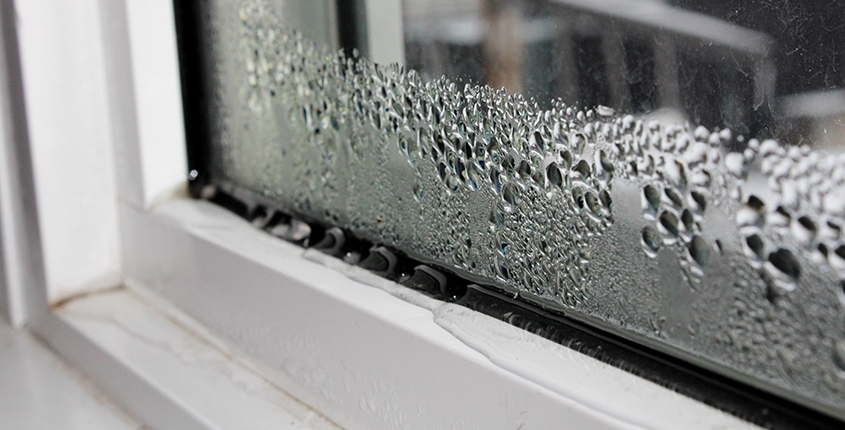When your soggy enemy reaches for your home, its atmosphere becomes humid which results in damp smell all around. This humidity is responsible for the rotting of the wood in your house, sogginess of the windows, and the appearance of damp spots. No matter whether you live in the best residential project in Thane or you are the resident of one of the most beautiful ready flats in Mumbai, humidity doesn’t differentiate and can happen to the best of our homes.
Here are a few ways by which you can control humidity at your home. Check them out –
-
Ventilation
There are certain areas in your house which are responsible for most of the humidity issues. They include areas which have high moisture content especially kitchen and bathroom. If you have exhaust fans already present in your kitchen and bathroom, keep them running for a longer duration of time. This will help in dropping the moisture levels in your house and ultimately, levels of humidity. In case you don’t have exhaust fans, make sure that you keep the windows open for some time in order to dry out the air.
-
Dehumidifiers
Studies have shown that six pints of water can raise the level of humidity inside of 1000 square ft. by 45%. Sometimes it is not possible to drive away all the moisture content just by ventilation. This calls for the installation of dehumidifiers in your house. A dehumidifier is an electrical appliance which is used to decrease the level of humidity in your house. As a result, fusty odor goes away, leaving your house fresh. Dehumidifiers are generally placed at areas which do not receive direct sunlight like basement or areas which are devoid of windows and proper ventilation. Available in various shapes and sizes, they work best with closed doors and windows.
-
Other structural measures
Many a time it is the structural measures that help greatly in reducing the levels of humidity in your house. Some of the notable ones are as follows –
- Waterproof Insulation – The main perpetrators are the pipes and the tanks. They are the biggest source of moisture in areas like toilets and washrooms. The rigid waterproof insulation helps a great deal in controlling the moisture content and hence significantly reduces the humidity levels.
- Wallcoverings – Wallcoverings are known to trap moisture. It is recommended to have vinyl wallcoverings in order to keep the moisture out so as to maintain an optimum level of humidity at your house.
- Repair wall-cracks – The cracks in the walls are responsible for letting in the moisture. It is important to invest in the repairment of these cracks before it’s too late.
4. Proper ventilation of crawl spaces
There are many sources of moisture in the house, bare earth surfaces being the most important one. If these are not cured as soon as possible, they turn themselves into breeding grounds for mold and fungi. However, these problems can be solved using vapor retarder as it acts as a ground cover and prevents moisture.

